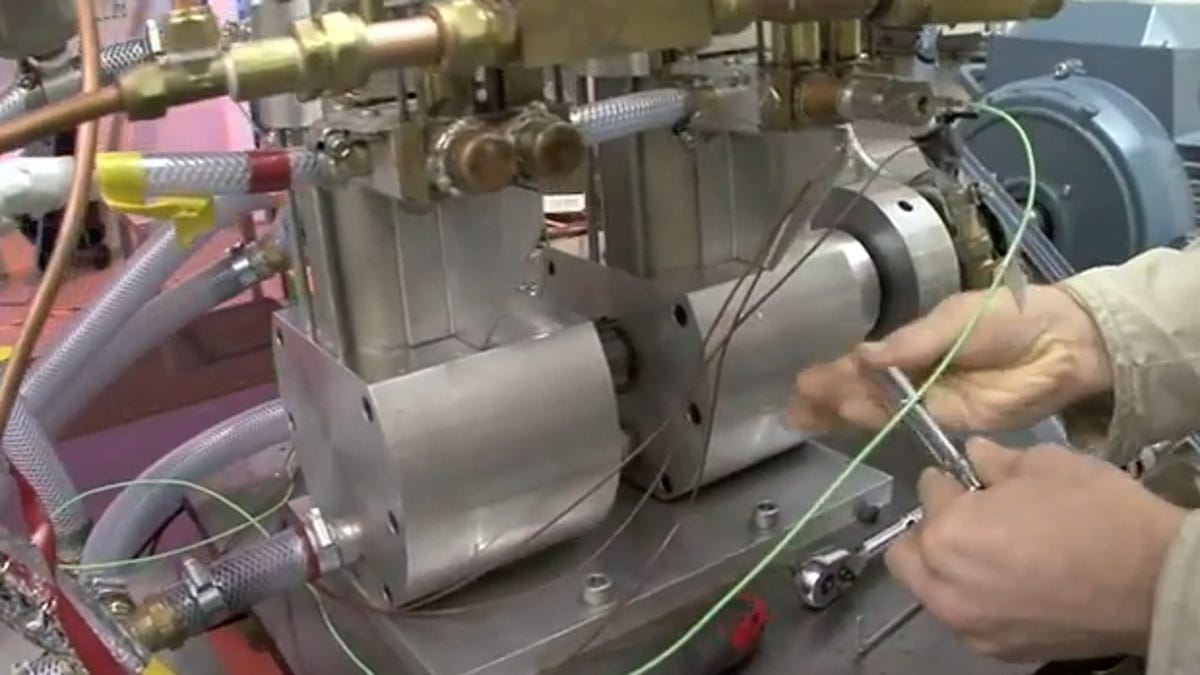Zero emissions from liquid air
The Dearman Engine company is working on a new type of engine. Fueled by liquid air, the pressure from the rapidly heating air pushes the pistons. The only emission is air.

The Dearman Engine Company is developing an engine that runs on what most people would not think of as fuel, liquid air.
Call it a new kind of cold fusion. The pistons get pushed by the pressure of rapidly expanding air in the cylinder. Liquid air is stored at -256 degrees Fahrenheit. The engine pumps liquid air into the cylinder along with what Dearman calls a heat exchange fluid. The liquid air very quickly changes to a gaseous state as it reaches ambient temperature, expanding at the same time.
When the exhaust valves open, the only emission is air.
Using a temperature difference to power the engine is a workable concept, but is it practical? The Dearman Web site points out that, unlike hydrogen or new battery technology, its engine relies on existing infrastructure and no exotic materials.
The liquid air is not so much a fuel as an energy carrier. It would have to be cooled to a liquid state, which would require energy from an existing source, then put into an insulated tank. Unlike batteries, it should take only minutes to refill a tank with liquid air. And unlike hydrogen, liquid air is stored at normal atmospheric pressure.
However, even in an insulated tank, liquid air is likely to slowly evaporate, just as liquid hydrogen does over time. That would mean a car's tank would lose fuel if it is parked for a long time.
The Dearman engine is currently undergoing independent testing by Ricardo Engineering to assess its feasibility.

